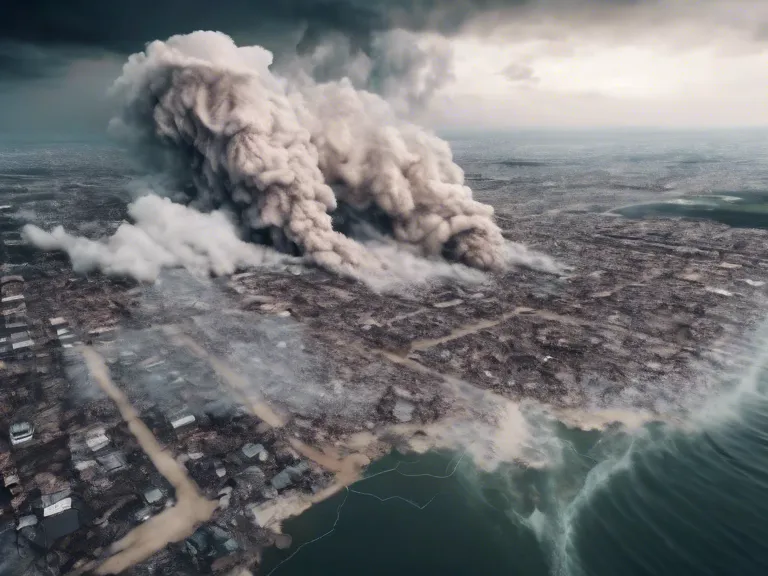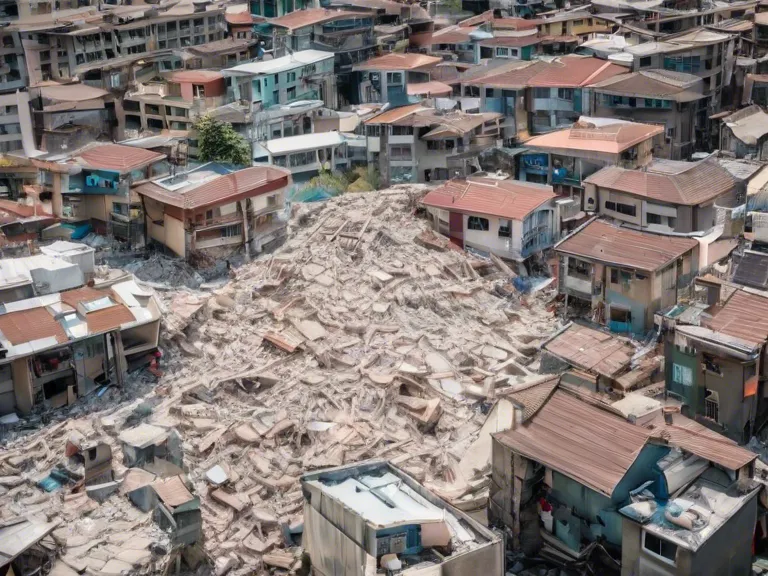
Natural disasters can cause immense devastation, leaving communities in urgent need of recovery and relief efforts. Advances in artificial intelligence (AI) have opened up new possibilities for aiding in these crucial processes. From predicting disasters to coordinating rescue missions and assessing damage, AI technology is revolutionizing how we respond to natural calamities. Read on to discover how AI can play a vital role in natural disaster recovery and relief efforts.
One key area where AI can make a significant impact is in predicting and monitoring natural disasters. By analyzing vast amounts of data such as weather patterns, seismic activity, and infrastructure vulnerability, AI systems can forecast when and where a disaster might strike. This early warning system allows authorities to evacuate populations at risk, deploy resources effectively, and minimize loss of life.
Furthermore, AI-powered drones and satellite imagery can be deployed to assess damage after a disaster has occurred. These technologies can quickly survey affected areas, identify hazards and prioritize areas for search and rescue operations. AI algorithms can analyze the imagery to provide detailed information about the extent of the damage, helping authorities make informed decisions about resource allocation and prioritization of relief efforts.
In addition to predicting and assessing disasters, AI can also facilitate communication and coordination during relief operations. Chatbots and natural language processing tools can be used to provide real-time information to affected populations, answer common questions, and connect individuals with emergency services. Machine learning algorithms can optimize supply chain management, ensuring that resources are distributed efficiently to those in need.
AI can also assist in rebuilding efforts following a natural disaster. By analyzing data on infrastructure damage and population displacement, AI systems can generate insights to inform reconstruction plans and resource allocation. This data-driven approach can help communities recover faster and more effectively, reducing the long-term impact of the disaster.
In conclusion, the potential of AI to aid in natural disaster recovery and relief efforts is immense. By harnessing the power of AI for early warning systems, damage assessment, communication, coordination, and rebuilding efforts, we can improve our ability to respond to disasters and support affected communities in their time of need.



